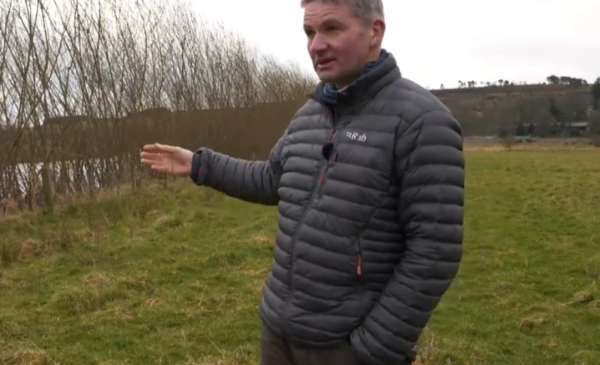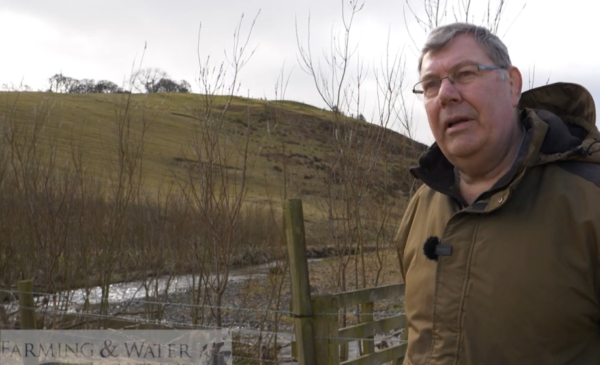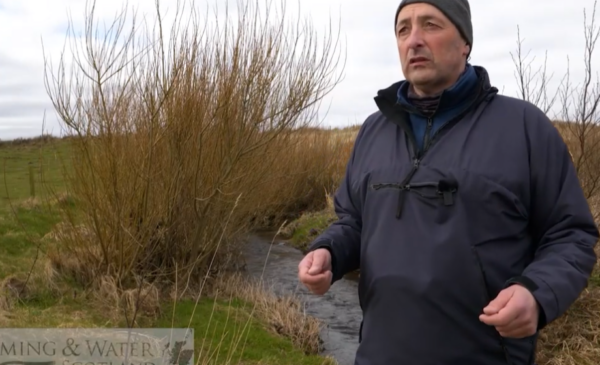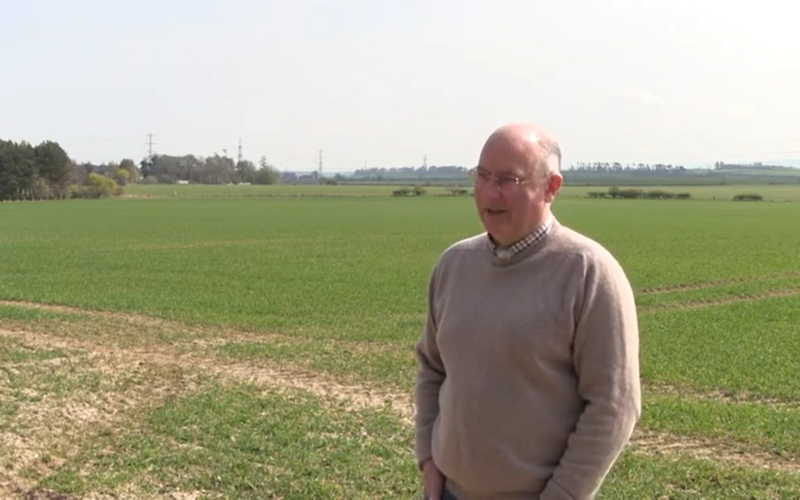Key points
- Experience over the years has shown that avoiding working wet soils and avoiding conventional ploughing helps to reduce the risk of compaction, particularly on the farm’s heavier, less well drained soils.
- Successful alleviation of soil compaction (e.g., using subsoilers) can be challenging, so avoiding compaction in the first place is important.
- Establishing cover crops on the farm can be challenging due to the short window in autumn but when established well, the fibrous rooting from the black oats and the phacelia’s long tap roots improves soil structure.
- A green manure, following overwinter stubbles, comprised of crimson and Egyptian clover, vetch and phacelia produced tremendous results. After removing the thick biomass cover (e.g., through rolling), good soil structure and organic matter content aided direct drilling.
- Over the last 20 years, the farm has minimised conventional ploughing, used cover crops and incorporated more straw back into the soils. These practices improve soil structure and reduce the risks of diffuse pollution.
23
Related resources

Sustainable Bank Protection: willow spiling
Willow spiling and bank regrading on the River Don
Willow spiling and bank regrading on the River Don Beidleston Farm, on the River Don,…

Sustainable Bank Protection: regrading with large trees and willow
Regrading banks and willow planting in the Scottish Borders
How can you cope with a high energy river that is eroding a bank and…

Sustainable Bank Protection: brash bundles & root wads
Brash bundles and root wads on Milton Burn
Milton burn was experiencing severe erosion on its banks and the team wanted to explore…

